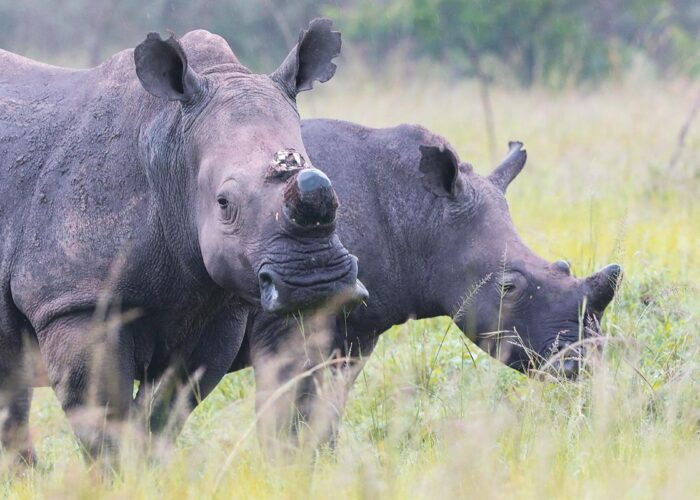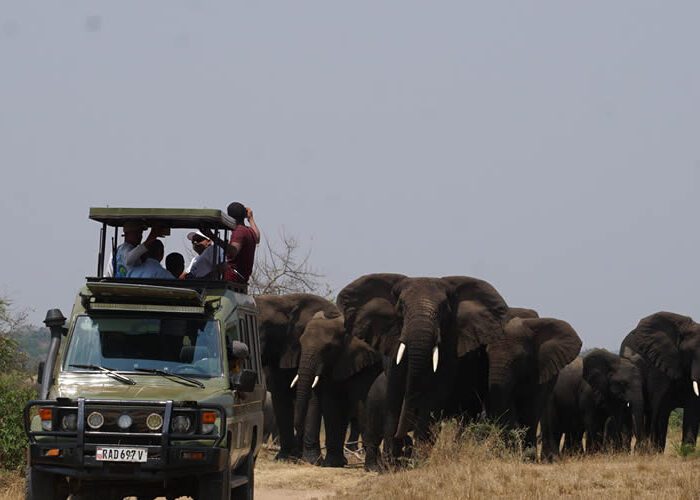Akagera National Park: The Experience
Akagera National Park is home to a large collection of wildlife, the landscape is stunning and you can see a lot of different animals in a short amount of time. Akagera’s wildlife has increased significantly over recent years and the latest count estimated that the Park is now home to some 8,000 large animals. The new perimeter fence completed in late 2013 should also impact positively on numbers. You will be able to see Burchall’s zebras, giraffes, impalas, and topi (known as tsessebe in Southern Africa), bushbucks, eland, African swallows, vervet monkeys, baboons, warthogs, mongoose, hippos, crocodiles, and even an elephant. There are actually more than 120 elephants in the park. Other mammals include oribi, Defassa waterbuck, reedbucks, sable and roan antelopes, buffalos, and many more.
The cultural encounters in akagera are one of the Top Reasons to Visit Akagera National Park. You can also participate in cultural tours around akagera national park during your Akagera National Park tour. Around Akagera National Park, you can visit the Humure refugee village a group of people that established their community in Rwanda after running away from the political instability in their home country Tanzania. A tour in the Humure refugee village will give you an insight in the culture of the people there through their plays and dances that entertain the guests with, you will be taught on how to prepare local dishes and also have the chance to taste them, you will be taught pottery skills like making plates, pots among other items which will be entertaining and worthy of repeated visits
Akagera National Park: Birdlife
Akagera National Park offers fantastic birding. Of the 480 species recorded, 100 birds are not found in any other protected area in the country. Akagera is Rwanda’s second most important birding site after Nyungwe National Park, and the two parks complement each other perfectly – most birds recorded in Rwanda can be found in one of the parks. A boat trip on Lake Ihema is a must for serious and casual birders alike. The highlight is a small island where thousands of birds, including cormorants, darters, herons, ibises and African openbills, roost.
The birdlife in Akagera National Park is good year-round. Each season offers a different array of species. The Dry season, from June to September, is best for francolins, many wetland birds, nightjars and owls. The early rainy season, in October, is best for lapwings and many open grassland birds. Songbirds are most active from September to November and again in March and April. Colonial breeding waterbirds, such as cormorants, darters, herons, storks and ibises, mainly breed from February to July. Migratory birds are present from November to April.


